Volcanoes are shrouded in mystery and have been connected with mythology, and religion since ancient times. Gods and goddesses were thought to control their fire and ash and the wellbeing of the people who lived near these fiery mountains. For thousands of years, they’ve created and destroyed land, cities, and reshaped the face of the planet. Though there are thousands of volcanoes on the planet, only about 1,500 are potentially active at present. Even so, as many as 500 million people live near an active volcano. Read on to find out more about a few of the most active volcanoes on earth.
Kilauea, Hawaii
For the best and most spectacular views of the volcano, plan your visit an hour or two before sunset. You can see the lava flow just a few miles from the end of Chain of Craters Road. You can drive there, park the car and go to the safe viewing location to get the full panorama of Kilauea’s lava flow where the dramatic scenery is created by the two kinds of lava (slow and fast) leaping into the sea.
Visitors to the flow site are advised to bring boots, a flashlight, plenty of water and sunscreen. It is possible to hike beyond the recommended viewing area but you should check with the ranger to ask about the eruptions and weather conditions, as well as what necessities to bring.
Read about volcanoes in Hawaii or find more information on visiting the volcano here
Etna, Italy
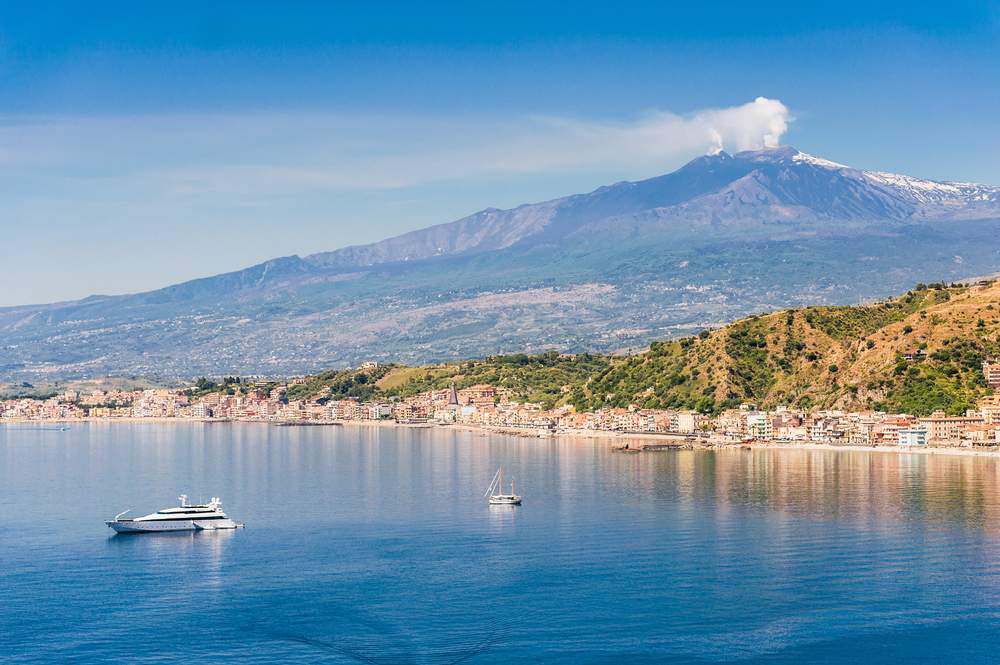
The volcano has killed thousands of people during all these years, but because the volcanic soil is excellent for growing grapes and olives, people have always settled here.
The easiest way to reach Etna is by way of Catania (which is served by an airport). From here you can go either to Nicolosi, from where you can reach Sapienza Refuge, at 1980 m, or to Linguaglossa, from where you can reach Piano Provenzana, at 1800 m. It’s also possible to go on hikes , where you choose to explore the pine forest or hike up to the crater, but recommended to book a tour if you want to do so. Some hikes are only suitable for experienced hikers while easier ones can be done by just about anyone (just remember to bring your boots, a flashlight and plenty of water).
Read about how to get to Sicily or find our more about hiking or skiing on Mt. Etna
Piton de la Fournaise, Reunion
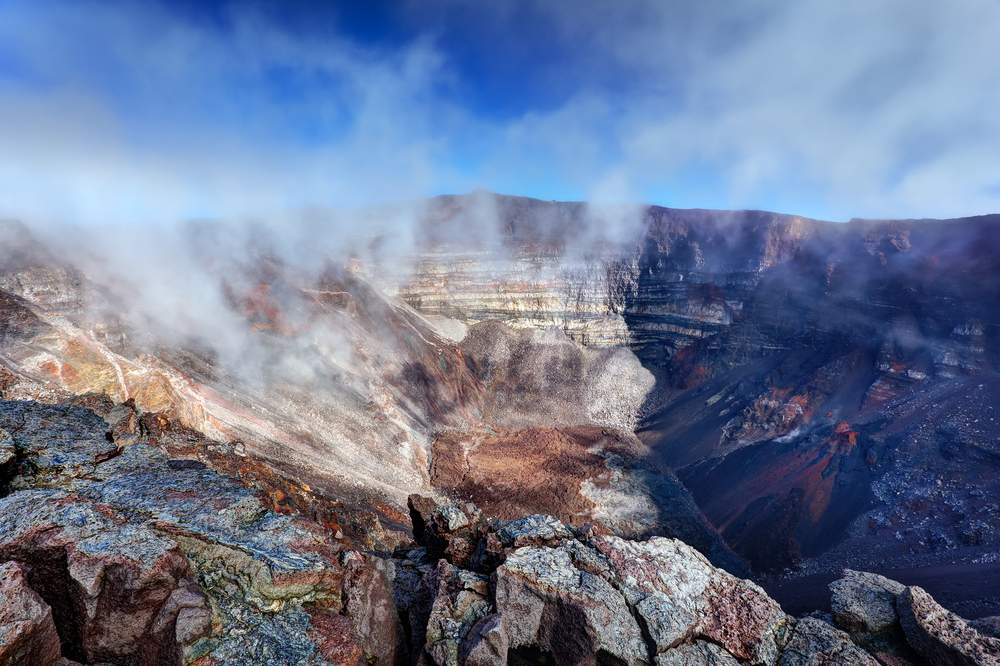
The volcano is a major tourist attraction on the island. You can drive to Bellcombe Pass, located just over the caldera rim cliffs, for spectacular views of the caldera. It’s possible to hike a pathway to the caldera floor, but you need to be in very good shape. Remember to bring your boots and lots of water. If you want to see the lava flow, take the N2 highway and follow the signs.
Stromboli, Italy
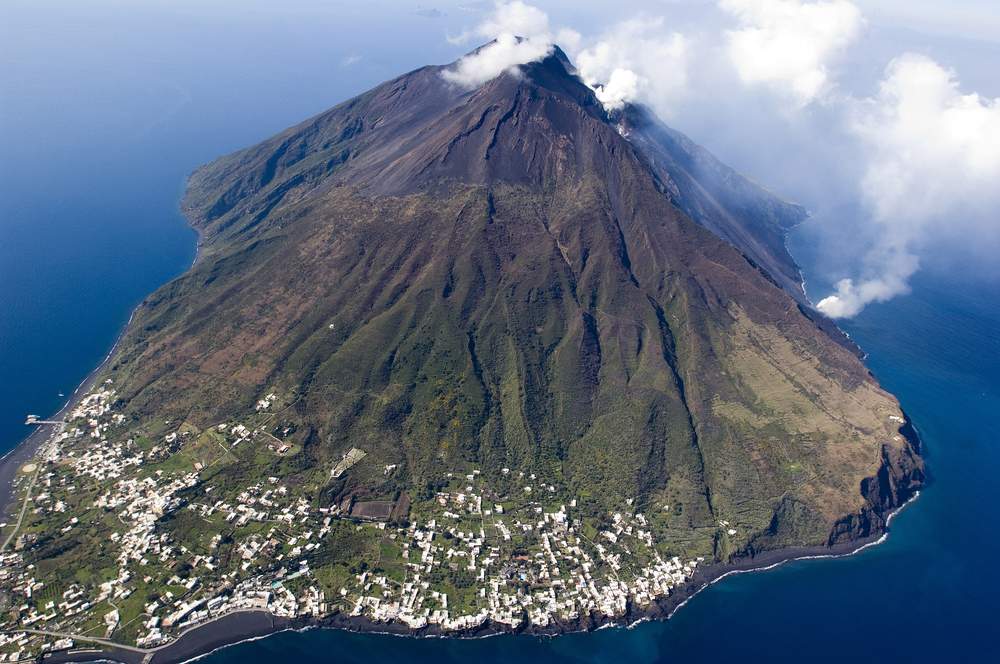
The island formed from the sea-bed millions of years ago and for the past 2000 years has been erupting continuously. The latest big eruption was in August 2008 when all the residents of the island were forced to flee. It continued to erupt until June 2009. In 2014 it had what is called a mid-eruption, and lava flowed directly from the mountain down into the sea.
Visit attractions like the “Lighthouse of the Mediterranean” while you’re in the area. Just take a boat to Stromboli from mainland Sicily, (in the port there are tour operators happy to help). The volcano can only be climbed on a guided tour. If you want to avoid the heat in summer, go for an evening climb.. After the 2002 eruption, hiking is only permitted up to 400m, to the observatory (a flatter portion where you can see the lava flow).
Yasur, Vanuatu
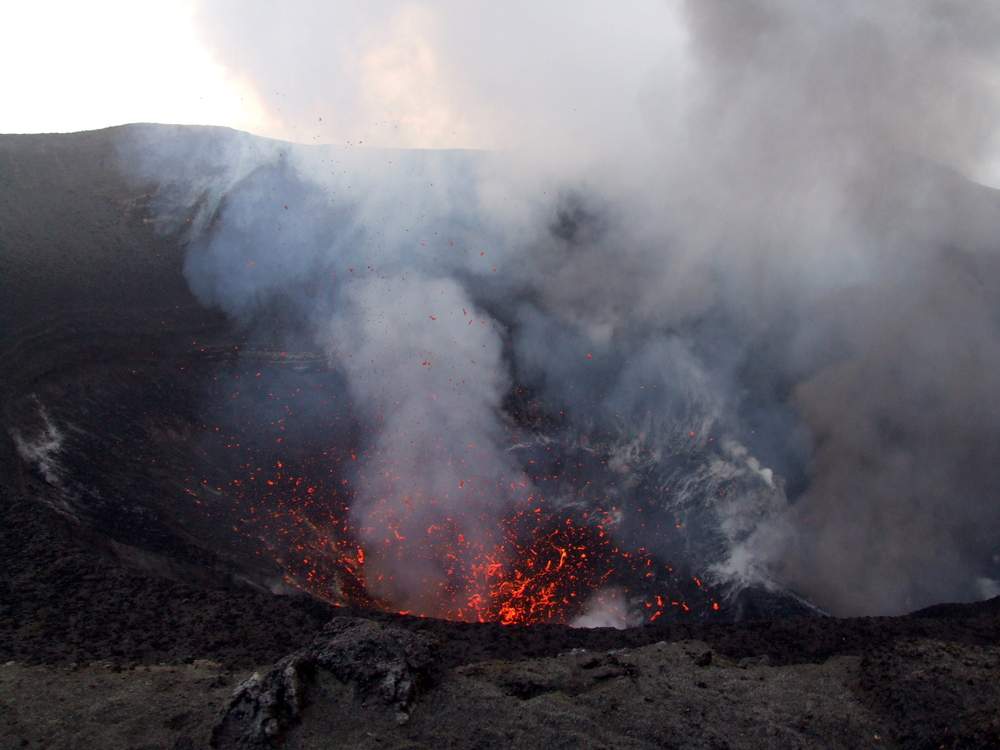
Although it’s considered dangerous, Mt Yasur is a popular travel destination. There are five levels of activity which determine the access rules. Level 0 is the least dangerous and access to the crater is allowed, while Level 4 means all access is closed. You can visit the mountain only as part of a guided tour. The best views are at dusk; at night the volcano looks like a firework display.
Sakurajima, Japan
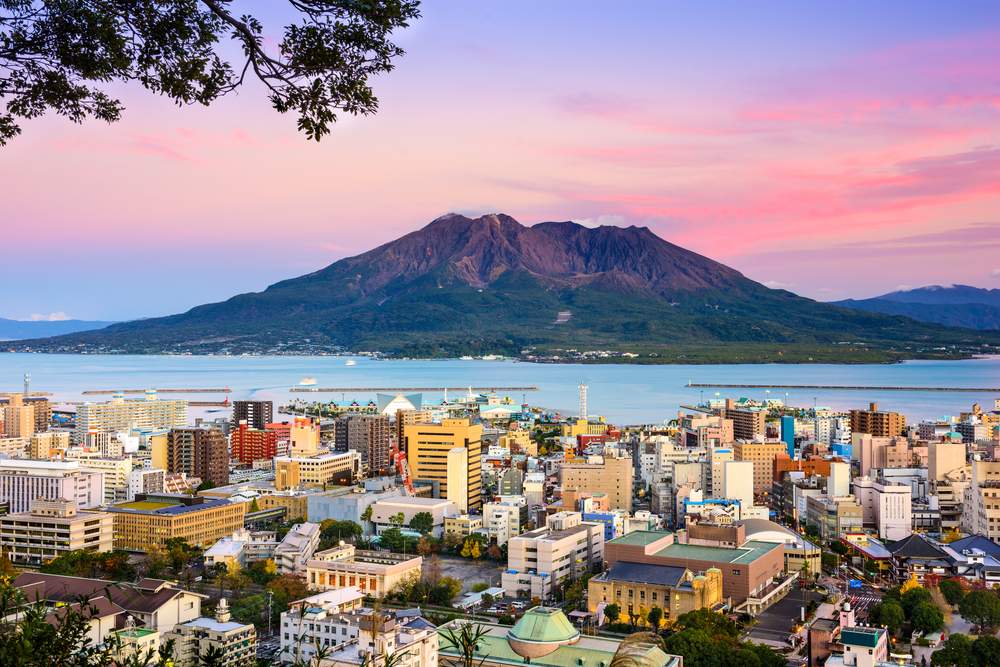
The volcano is a major travel destination and the area around it contains several hot spring resorts. The easiest way to get here is from Kagoshima City, by ferry. Once you get here, make sure to check out the Sakurajima Visitor Center to learn about the volcano and the island. Then, take the Lava Road and walk along the footpath which wind through lava plains. Go to the Observatory (which is about half way up the mountain) for some superb views of the active peak.
Read our Japan travel guide
Santa Maria, Guatemala
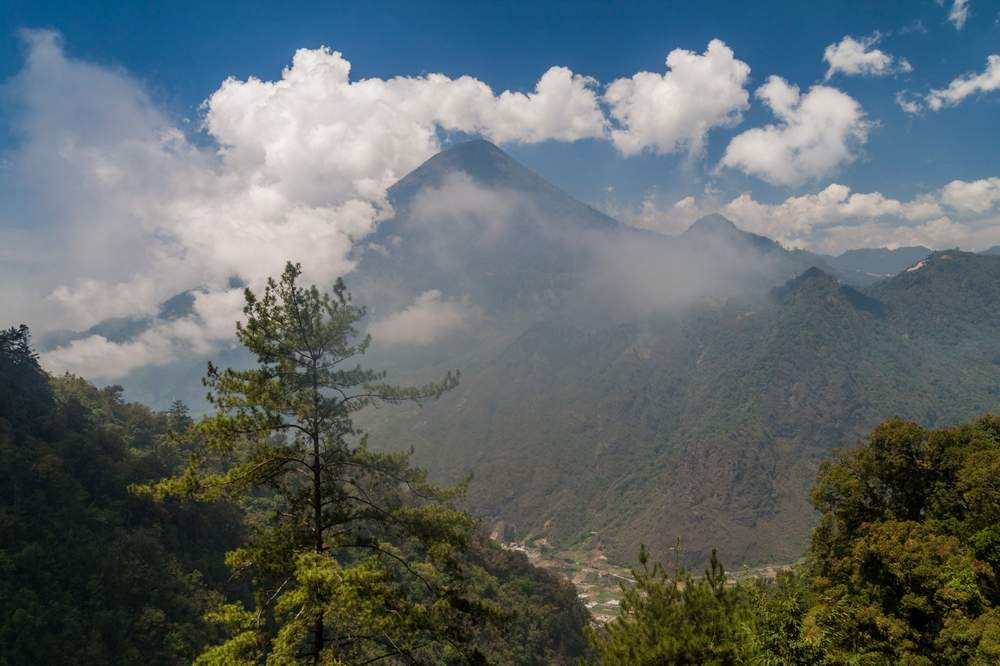
The town of El Palmar, located just 10 km from the volcano, has been destroyed twice so far by lahars, volcanic mudflows that are solid when moving but harden to a concrete density when they stop. It is possible to hike here, but it’s advisable to do it as part of a tour.
Check out our Guatemala travel guide
Chaitén, Chile
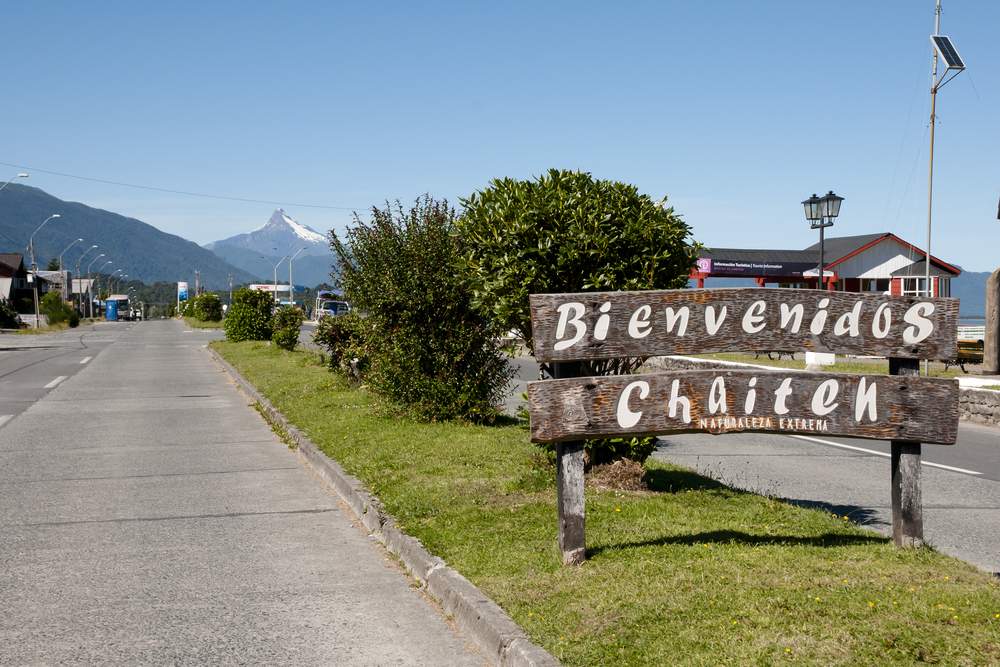 [section]Chaiten is a caldera 3 km in diameter, located 10 km northeast of the town of Chaitén, near the Gulf of Corcovado in southern Chile. The most recent eruptive phase started in May 2008, but the volcano has been active since 7420 BC.
[section]Chaiten is a caldera 3 km in diameter, located 10 km northeast of the town of Chaitén, near the Gulf of Corcovado in southern Chile. The most recent eruptive phase started in May 2008, but the volcano has been active since 7420 BC.
Chaiten is a transportation hub for the entire Palena region, so it’s not hard to get here. Once in the city, you need to get to the volcano (after a 25 km car ride, the hike begins). You need permission to climb (get it from Parque Pumalin administration). and you can’t camp in the park, but it’s possible to camp by the beach in Santa Barbara (about 12 km from the volcano).
Read our Chile travel guide, or learn more about climbing Chaiten here
Mayon, Philippines
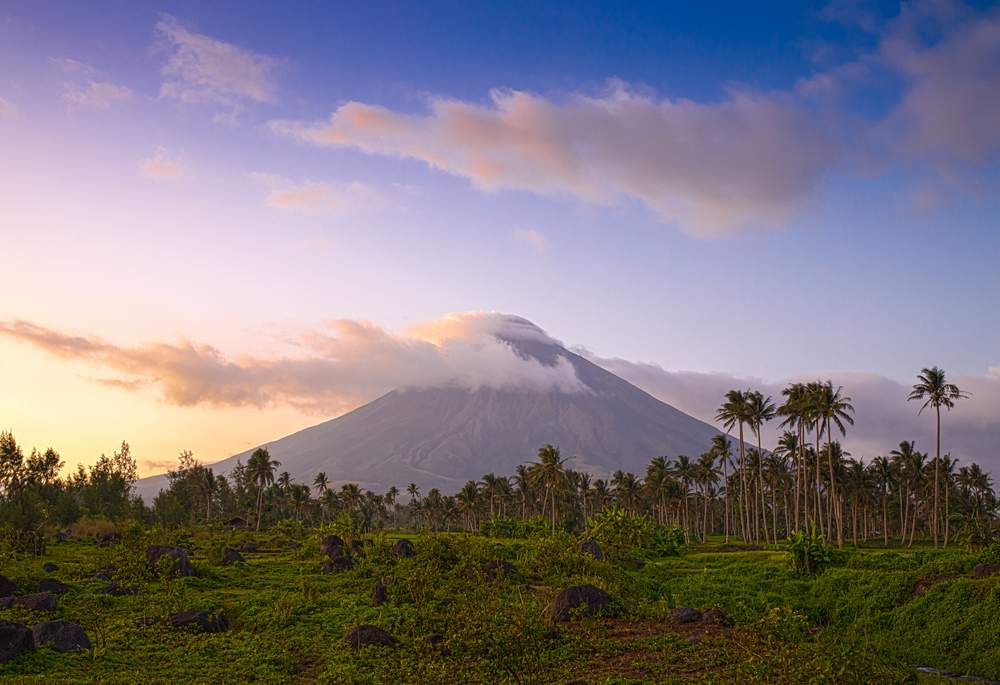
This volcano can be climbed but the safest approach is from the northwestern slope, from the Philippine Institute of Volcanology and Seismology (which is linked to the highway by an 8 km paved road). At 1,921 m there is a perfect spot for camping just close enough to the summit and far enough from the fumes. It’s best to plan this hike as a 4-day itinerary (3 days on the mountain) between March and May.
Whakaari / White Island, New Zealand
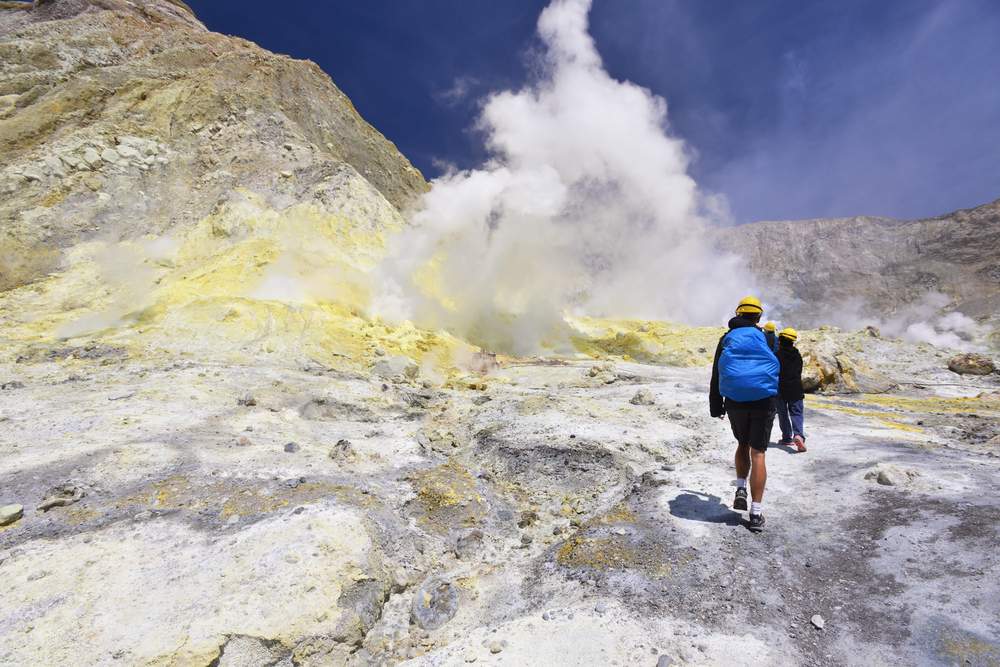
The circular island rises 321 m above sea level and is unique in the world as it offers the possibility to walk right inside its main crater without any strenuous physical effort. It is just the peak of a submarine mountain which rises 1,600 m from the sea bed.
All visitors to the island must be accompanied by an experienced guide. There are no walkways, boardwalks, barriers or safety ropes, so use common sense at all times. This private island can only reached by boat or helicopter. and only authorized tour agencies are allowed to organize tours on the island.
Soufrière Hills, Montserrat, Caribbean
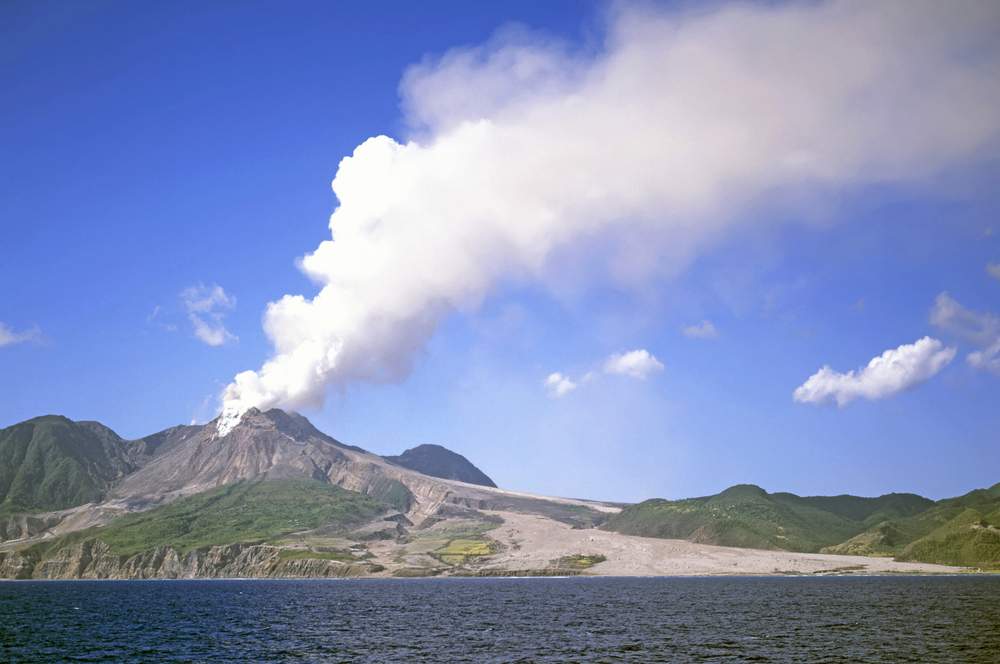
Start your climb at the Montserrat Volcano Observatory where you can see a video of the recent history of the volcano. You can see the volcano and the ruined W.H. Bamble Airport from Jack Boy Hill. If you want to see the damage the lahars (a highly destructive lava-rock-debris slurry) did, hire a driver and explore the Belham Valley. What’s left of the Plymouth city can be visited but where you can go depends on the alert level. At low alert levels, you can hire a guide to take you on the streets of the former capital. If you’re not a strict budget, book a helicopter tour; it lasts 45 minutes and you can see the dome, the windmills, the abandoned airport, and the destroyed city.
Read our Caribbean travel guide
Popocatépetl, Mexico
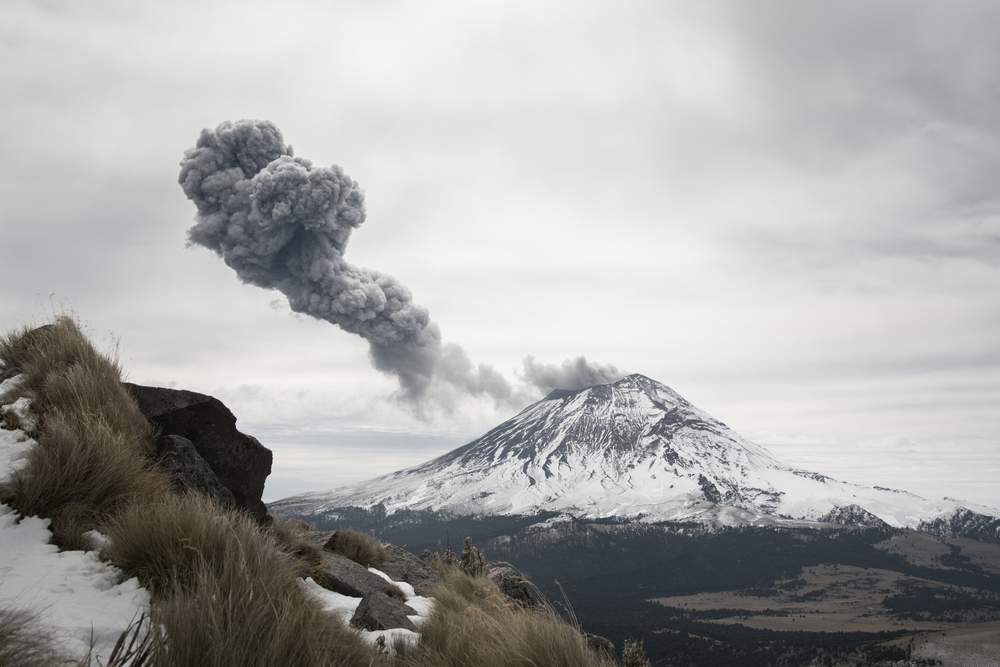
Once you get to Mexico City or Puebla, take a bus to Amecameca, where you should sleep. You need to get to Tlamacas, where the trail starts. Currently, climbing on the mountain itself is not permitted for obvious safety reasons.
Read more about hiking, climbing, and volcanoes around the world:
- Volcanoes in Iceland
- The Best Places to Hike in the US
- 10 Awesome Treks that Almost Anyone Can Do
- Climbing Mt. Kilimanjaro
- 11 Famous Volcanoes in the Americas that You Can Climb
Photos by: Shutterstock.com, Maridav /Shutterstock.com, Arts Illustrated Studios /Shutterstock.com, infografick /Shutterstock.com, luigi nifosi /Shutterstock.com, dejjf82 /Shutterstock.com, Sean Pavone /Shutterstock.com, Matyas Rehak /Shutterstock.com, Adwo /Shutterstock.com, wassiliy-architect /Shutterstock.com, Jiri Foltyn /Shutterstock.com, Adrian Reynolds /Shutterstock.com, Atonaltzin.